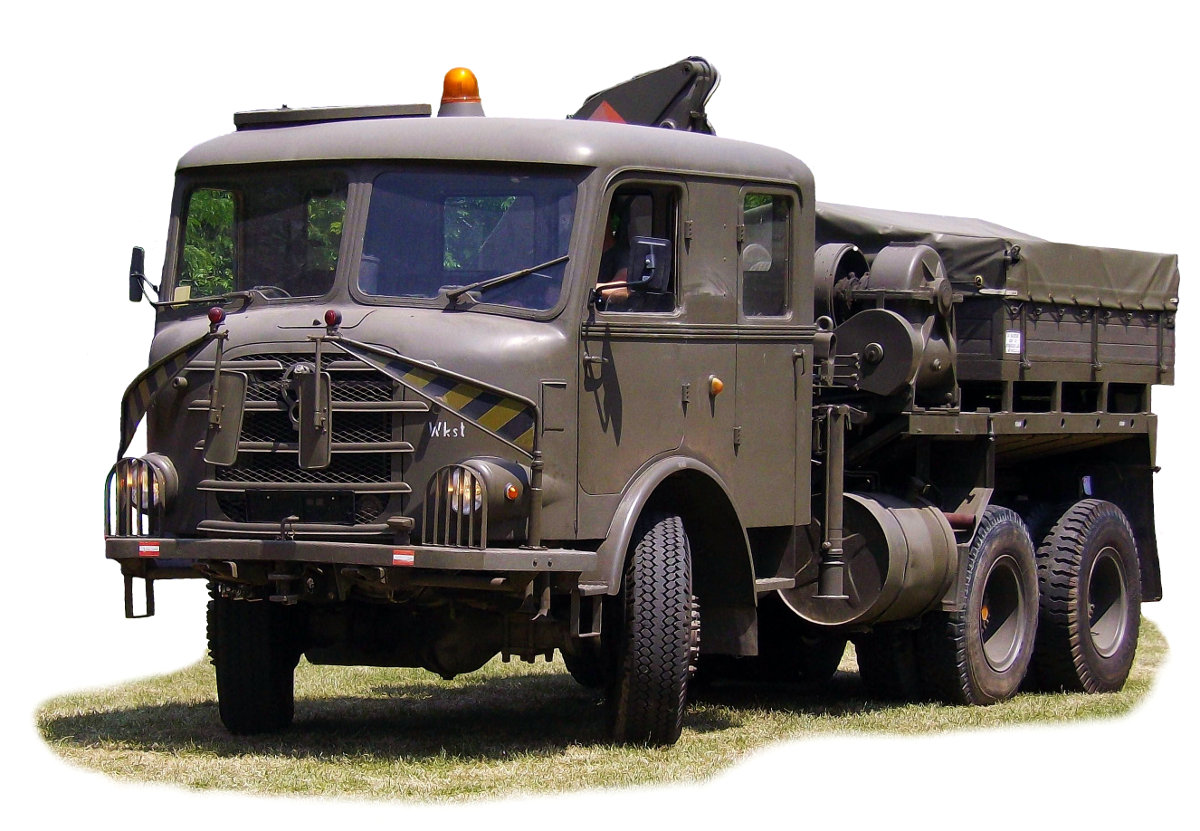After 1956 the newly formed Austrian army was equipped with only a small number of light tanks, which had been handed over by the departing occupation armies (predominantly the American but also the Soviet forces). For road-transporting these tanks the army had to rely on American heavy transport equipment still dating back to WW2 (M19 with Diamond tractor/trailer and M25 with “Pacific” tractor/trailers), which was targeted for replacement by Austrian-produced systems by the end of the 1950s.
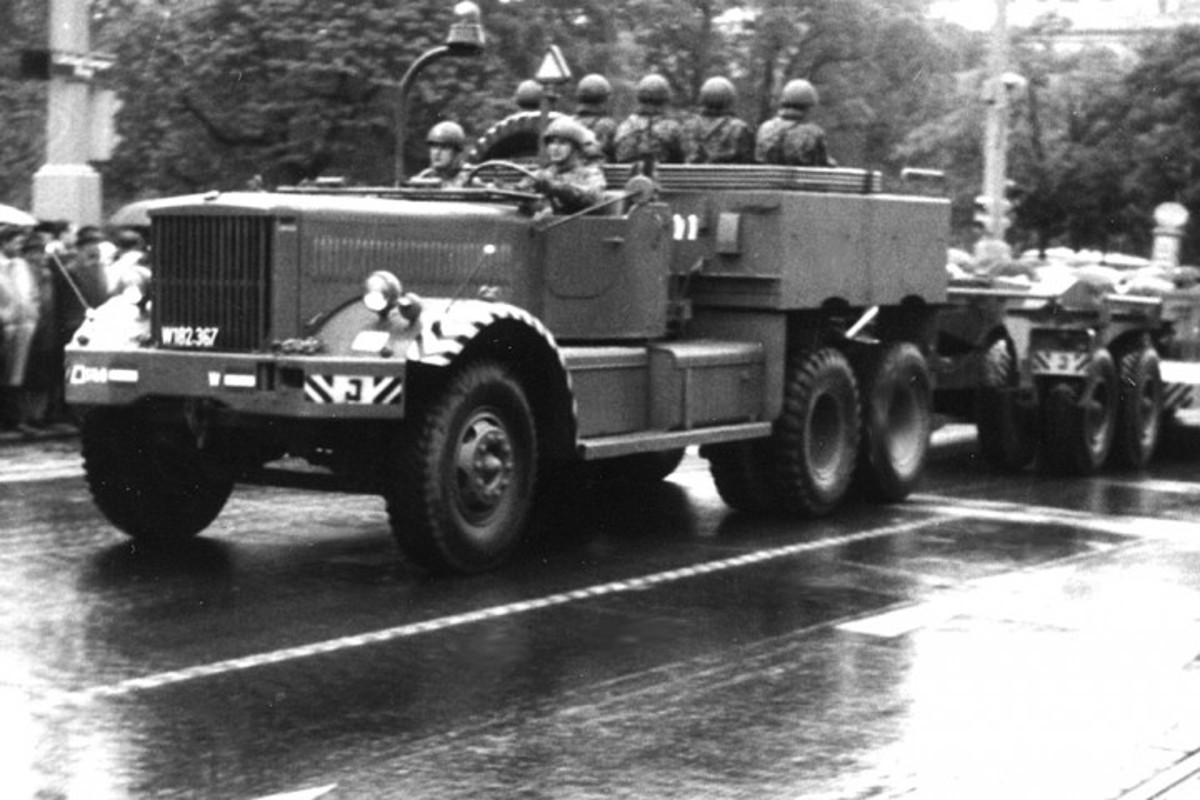

Already since the mid-1950s Gräf & Stift in Vienna had been building heavy civilian and military 4x4 and 6x6 chassis versions, and by the early 1960s a new tank transportation system was developed. Towing the ARPA 50t low-loader trailer was a heavy Gräf & Stift 6x6 chassis, equipped with the 11.6-liter Mercedes-Benz OM355 inline 6-cylinder Diesel engine producing 230 HP. Early Gräf & Stift versions in the 1950s were still powered by their own two-stroke Diesel engine, however for later mass-production Mercedes-Benz engines were adopted. As with many Austrian/German truck manufacturers, the type designation indicated truck type and engine power – ZAFD 230 stood for “Zugfahrzeug” (tractor), “Allrad” (all-wheel drive), “Frontlenker-Fahrerhaus” (cabover design), “Diesel” and “230 HP”, all three axles were permanently-driven, the two rear axles were also equipped with differential locks, air activated.
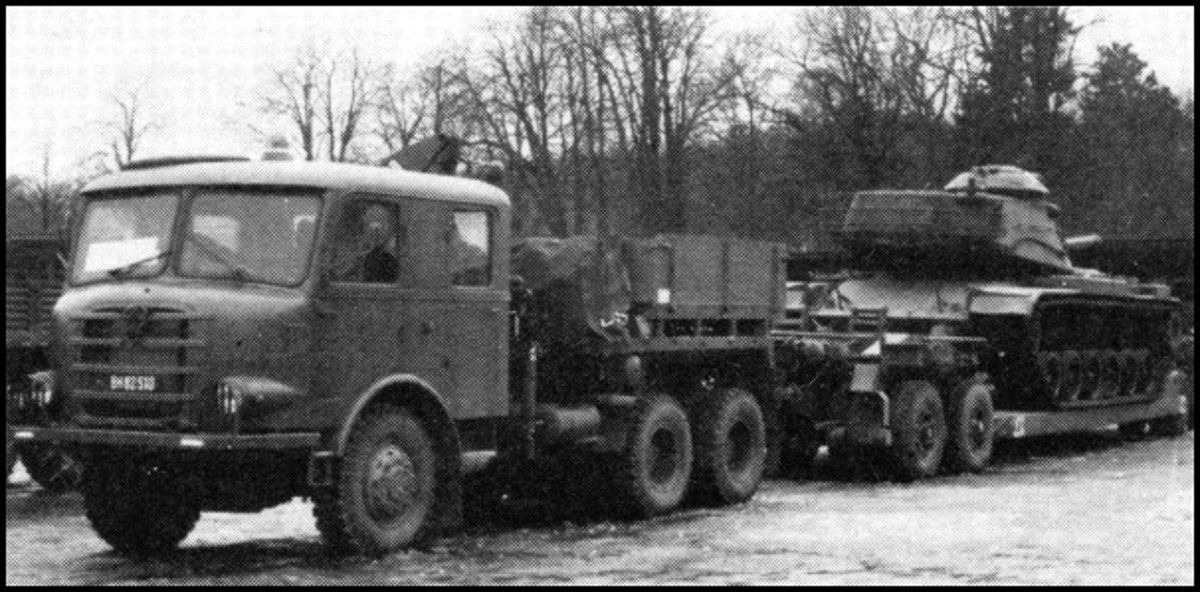
The 6x6 drive system was not intended to increase the tractor’s off-road capabilities but required to avoid wheel-spin when towing the maximum weight of 75t (loaded trailer weight). Sufficient weight on the rear wheels was provided by special cast-iron ballast weights inserted into the truck frame below the small platform. The vehicle was also equipped with pneumatically-activated wheel-chocks that were dropped when the tractor stopped in steep road sections. As soon as the tractor/trailer-combination started moving forward again, they were pneumatically lifted back into their stowage positions. This was required because of the standard clutch installed in the vehicle (subsequent tank transport systems then incorporated torque converters to allow safe acceleration of the heavy load even in steeper road sections). Two mechanically-driven ITAG winches with 12.5t capacity each were installed behind the dual cab and powered off the main transmission, the vehicle was also equipped with a hydraulic 3-ton HIAB Elephant 174 loading crane.
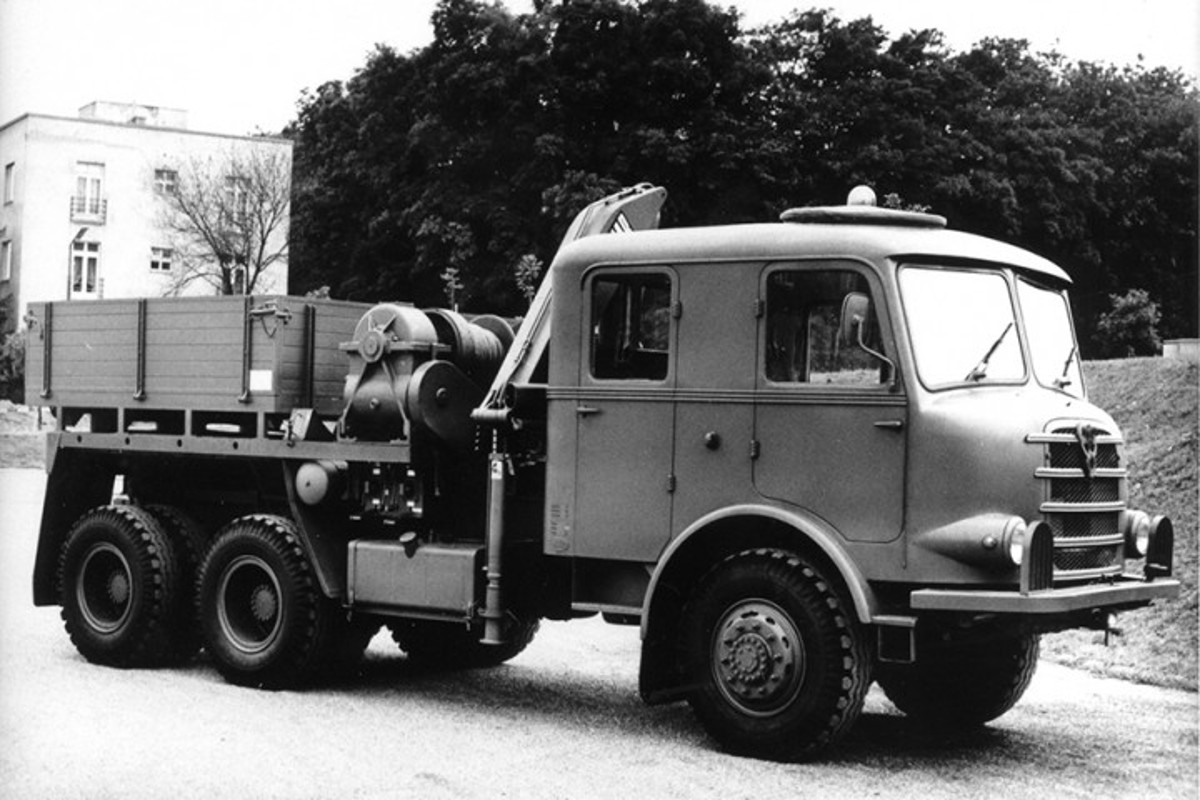
These tractors were assigned to the tank brigades and the recovZA ery sections of the supply regiments, later some vehicles (such as ours) also ended up with the maintenance/recovery companies of the artillery regiment.
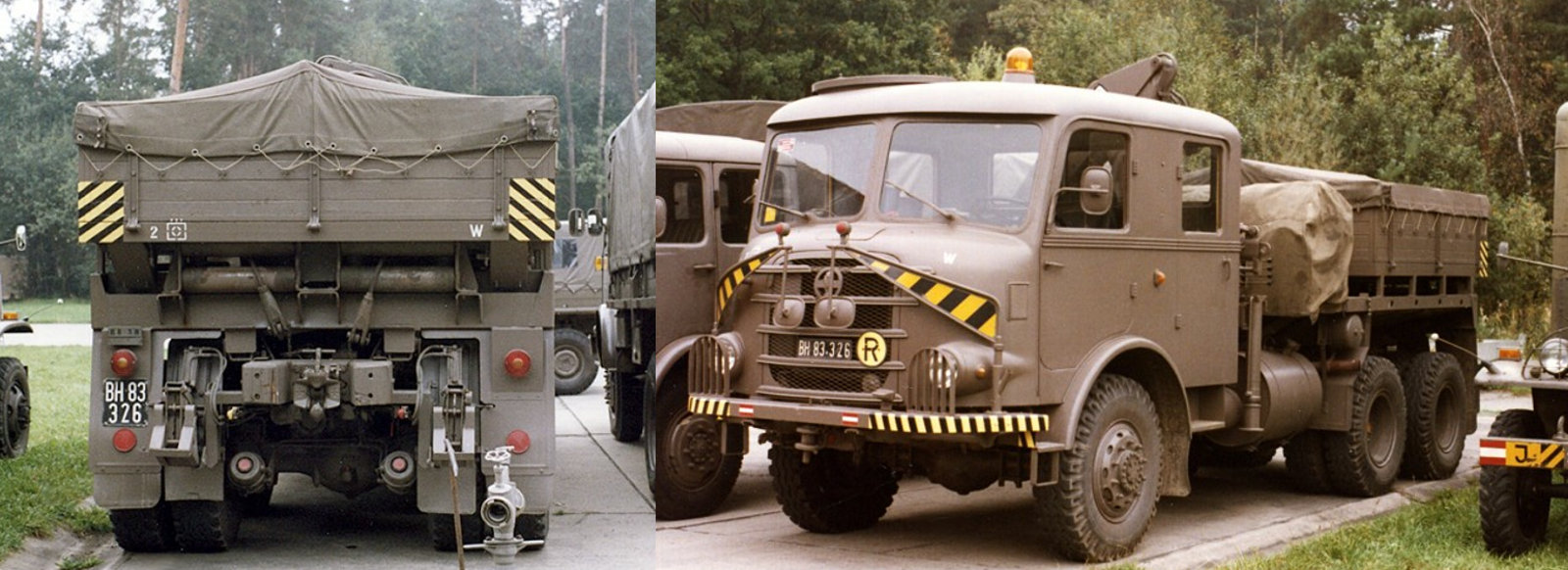
At the start of the 1980s, Gräf & Stift had already been absorbed by ÖAF (the “Österreichische Automobil Fabrik”), and a successor for this tank transport system was based on the ÖAF 34.440 VFA 8x8 chassis. These systems initially transported the M60 medium battle tank and later the Leopard 2 main battle tank.



